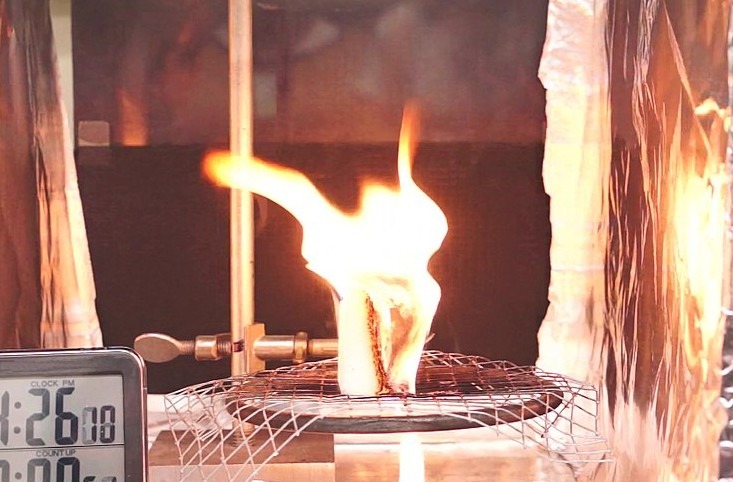The safety of people and building—when it comes to flaming—is extremely important. That’s why you should adopt the best flaming testing strategies. Remember, flaming safety issues can include things like keeping people, assets, as well as community safety. In particular, you should take caution when handling gases and vapor. Remember, if gases and vapor mix with air, they can lead to fires, explosions detonations, and even jet fires. Even worse, they can cause boiling liquid vapor based expansion. The effects of these calamities can be extremely devastating. On these lines, this article is going to highlight everything concerning flammability testing.
Burn Rate Based Test
You need to understand the role the flammability data plays when it comes to assessing as well as managing fire-related hazards. That’s why you need to have an in-depth understanding of how to identify the upper flammability limit, the lower flammability limit, flashpoints, etc. Understand the necessary industry practices.
The Benefits
With proper flammability testing practices, you stand to benefits hugely. Plus, hiring an expert to do it for you will offer your industry the necessary advice as well as support when it comes to assessing the risks involved in handling fires and explosion. You will also learn how to top asses risks involved under ambient as well as process conditions.
Complete Flammability Testing
Some of the tests that process safety leaders can perform to evaluate risk and guarantee the safety of people plus operations involving flammable substances include:
- Vapor Pressure – Vapor pressure often indicates a liquid’s evaporation rate. Substances that feature a high vapor pressure under normal temperature conditions are often classified as volatile.
- Limiting Oxygen Concentration – This refers to the minimum concentration of an oxidant that’s capable of supporting combustion. Essentially, this information can be utilized to study explosion prevention or explosion severity reduction, especially where the use of inert gases is involved.
- Flash Point – This is the lowest temperature at which a liquid’s sufficient vapor is produced to form a flammable mixture at standard atmospheric pressure. Typically, the flashpoint offers a simple, yet convenient index for assessing the flammability of various materials.
- Auto-ignition Temperature – This is typically the lowest temperature at which a given material will spontaneously ignite without the presence of an external ignition source. The auto-ignition temperature can usually be utilized to specify the operating, storage, as well as handling procedures for different materials.
- Flammability Diagram – Under varied temperature and pressure conditions, liquid substances will produce a given quantity of vapors. And for pure substances, the amount of vapor produced at atmospheric pressure might be flammable over a specified range of concentrations defined by both upper as well as lower flammability limits.
Minimum Ignition Energy Test
This determines the lowest amount of energy capable of igniting a sample material under test conditions. Generally, the test is used to assess the vulnerability of vapors to electrostatic discharges. However, it’s also potentially relevant to frictional sparks.
The Bottom-Line
In any industrial setting, safety is key. Plus, if you are handling flames, you need to equip yourself with the necessary flammability assessment tips. The above articles contain the basics of flammability testing and how you can deal with explosions coming from flames.

